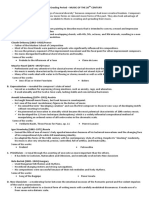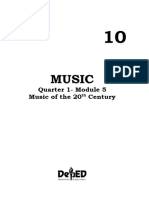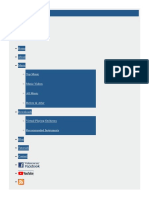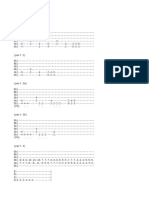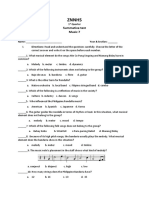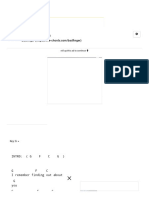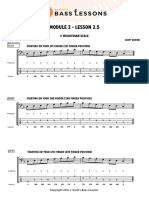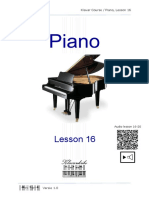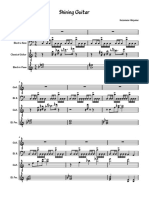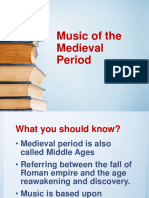0% found this document useful (0 votes)
265 views17 pagesModule 1 Lesson 1
The document discusses different styles of 20th century music including Impressionism, Expressionism, electronic music, and chance music. Impressionism avoided definite forms and highlighted suggestion and atmosphere using techniques like the whole-tone scale, parallel chords, and dissonance. Expressionism used hyper-expressive harmony with extreme leaps and dissonant intervals. Electronic music developed through magnetic tape recording, synthesizers, and computers to generate sounds digitally. Chance music incorporated elements of randomness.
Uploaded by
Reyshe MangalinoCopyright
© © All Rights Reserved
We take content rights seriously. If you suspect this is your content, claim it here.
Available Formats
Download as PPTX, PDF, TXT or read online on Scribd
0% found this document useful (0 votes)
265 views17 pagesModule 1 Lesson 1
The document discusses different styles of 20th century music including Impressionism, Expressionism, electronic music, and chance music. Impressionism avoided definite forms and highlighted suggestion and atmosphere using techniques like the whole-tone scale, parallel chords, and dissonance. Expressionism used hyper-expressive harmony with extreme leaps and dissonant intervals. Electronic music developed through magnetic tape recording, synthesizers, and computers to generate sounds digitally. Chance music incorporated elements of randomness.
Uploaded by
Reyshe MangalinoCopyright
© © All Rights Reserved
We take content rights seriously. If you suspect this is your content, claim it here.
Available Formats
Download as PPTX, PDF, TXT or read online on Scribd
/ 17








